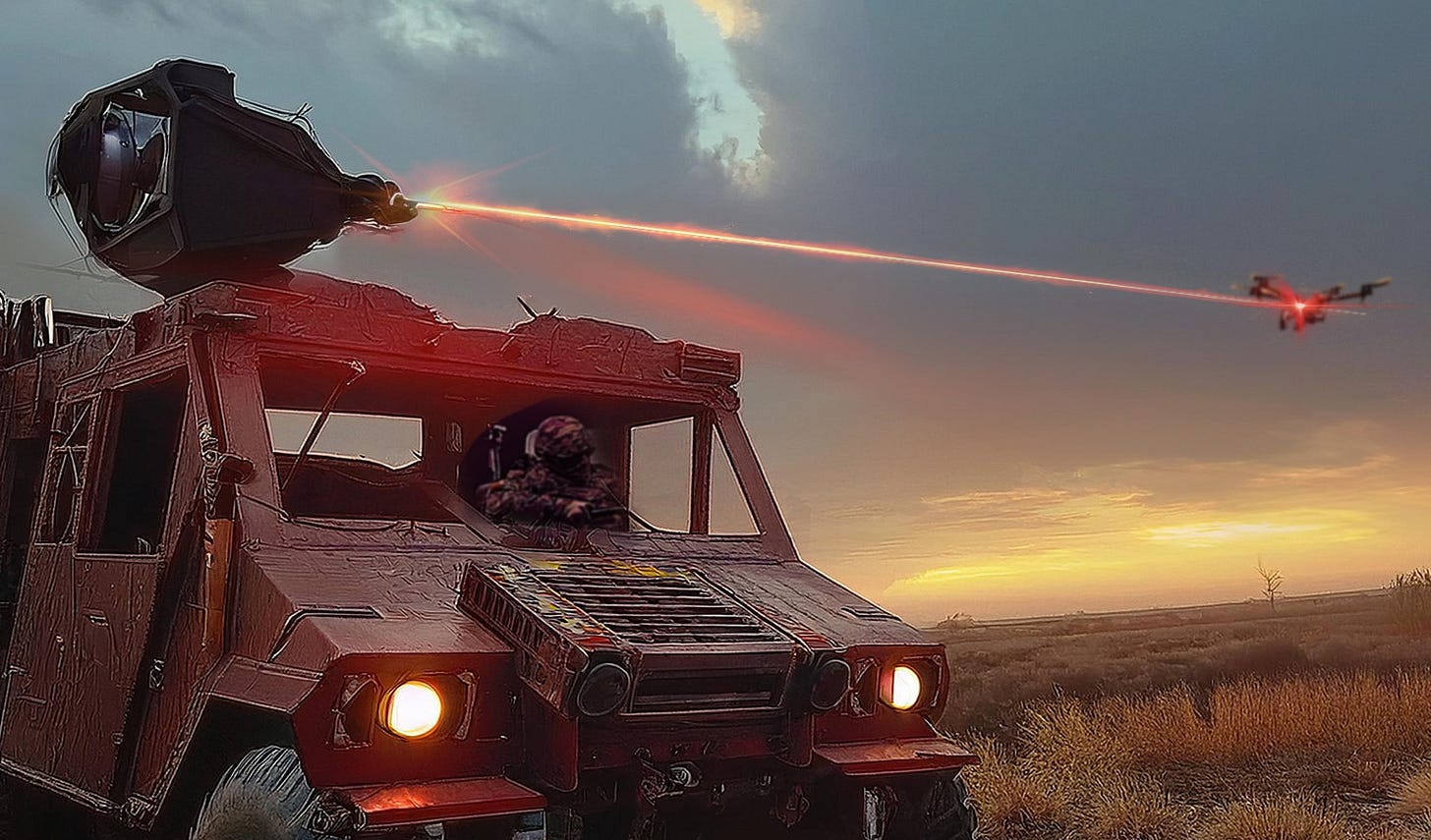The European Union is Getting Serious About Laser Weapons
The EU is ramping up its directed energy research.

The European Union wants in on the global directed energy arms race.
On May 27, the Council of the EU approved a sixth wave of Permanent Structured Cooperation (PESCO) proje…
Keep reading with a 7-day free trial
Subscribe to Laser Wars to keep reading this post and get 7 days of free access to the full post archives.


